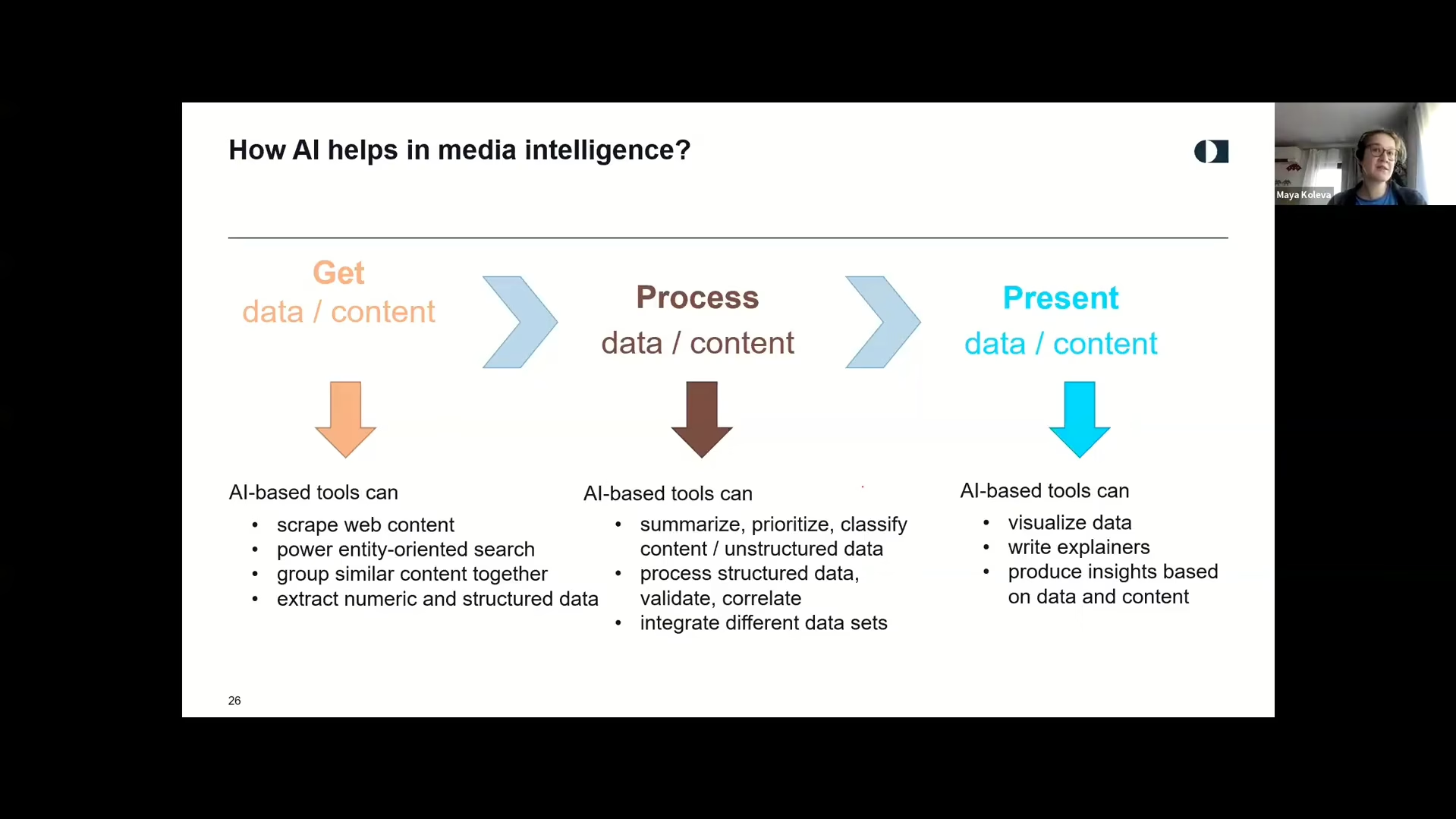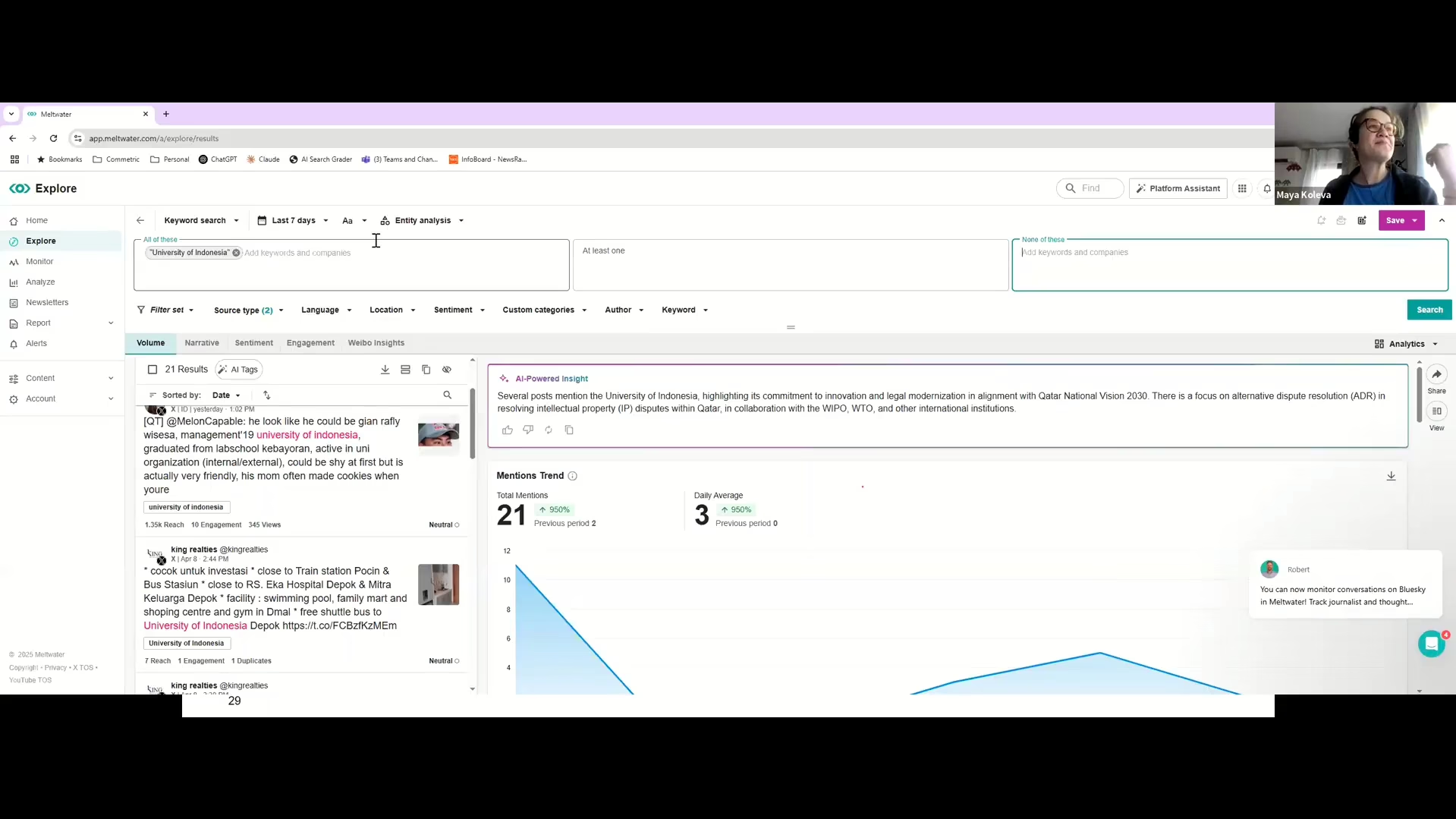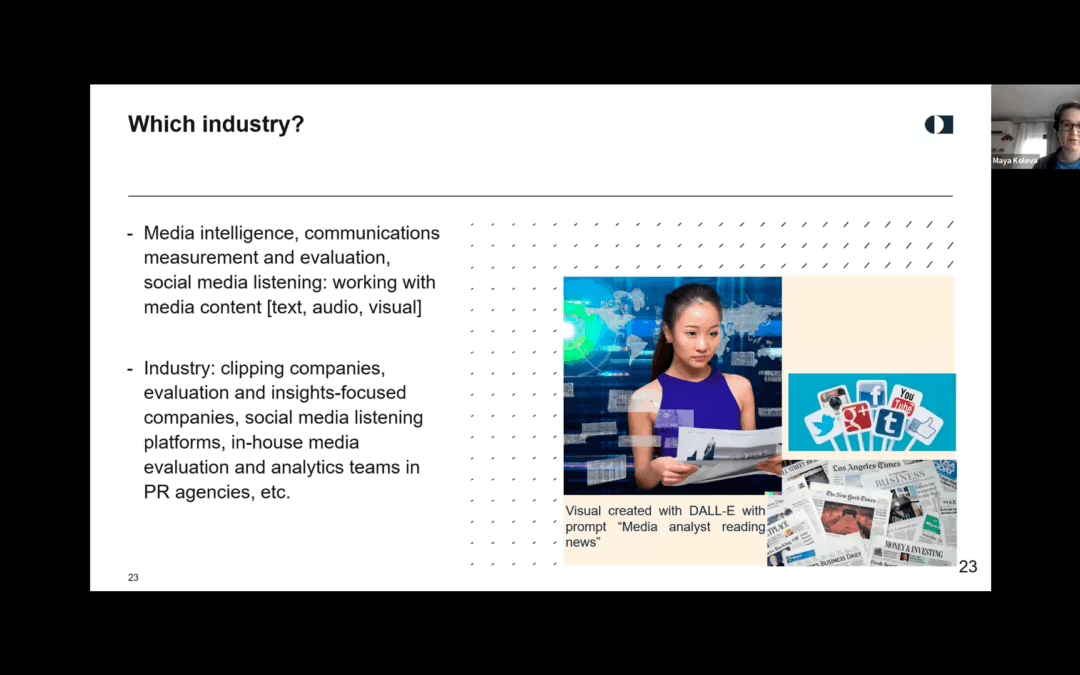Depok-Artificial intelligence (AI) is increasingly being used by the public. According to Statista Consumer Insights data, Indonesia is projected to be the fourth most widely used AI technology country in the world in 2024, after Nigeria, Vietnam, and the United Arab Emirates. In response to this phenomenon, the Media Production study program, Vocational Education Program, Universitas Indonesia (UI), presented Maya Koleva, Director of Research & Insights at Commetric International Board Director, AMEC, in an inbound lecture titled “AI & Media Intelligence in Today’s Digital Landscape” on April 10, 2025.
The inbound lecture, led by Felicia Nugroho, M.I.B., Director of Analytics & Insights, Maverick International Board Director, APAC Chair at AMEC, and a practicing lecturer in the Media Production study program, explored the role of AI, which will have a major impact on the face of the media and intelligence industry. The discussion opened with a basic understanding of intelligence from two perspectives: AI as the ability of machines to learn and make decisions like humans, and intelligence in the context of media intelligence, which focuses more on data analysis for strategic decision-making. These two approaches complement each other in modern industry practices.
Felicia highlighted AI technology, particularly in the field of Natural Language Processing (NLP), which is a catalyst for delivering efficiency and accuracy in information processing. Maya explained the evolutionary journey of NLP, from rule-based methods in the 1980s to the major transformation in the last decade thanks to the Transformer model, which serves as the foundation for Large Language Models (LLMs), such as ChatGPT.
 (Photo: Maya explains the role of AI in helping media intelligence today)
(Photo: Maya explains the role of AI in helping media intelligence today)
Maya outlined five critical stages in the NLP machine learning process: data collection, tokenization, training, model testing, and continuous improvement. She emphasized the importance of machines’ ability to understand meaning through a word-to-vector approach, which underpins many applications such as automated writing, information retrieval, and sentiment analysis in social media and news.
“AI today is not just a tool, but a strategic partner in the decision-making process,” said Maya. She cited how companies now rely on AI-based platforms like Brandwatch, Meltwater, and Talkwalker to monitor public opinion, industry trends, and even measure the effectiveness of communication campaigns.
The discussion also touched on the democratization of technology. AI enables communications and public relations teams to perform analyses previously only feasible by large data analyst teams. “However, there are ethical and technical challenges in adopting AI, such as the potential for data bias and the need for algorithm transparency. As users, we need to take a responsible approach so that AI will continue to be the backbone of media and intelligence strategies in the future,” said Maya.
 (Photo: Maya gives an example of using one of the platforms to curate media)
(Photo: Maya gives an example of using one of the platforms to curate media)
The Director of the UI Vocational Education Program, Padang Wicaksono, S.E., Ph.D, revealed that the inbound lecture, featuring practitioners in the media and intelligence industries, will provide students with experience, particularly regarding the current pace of technology. Padang said, “The role of AI is very large in this era of technological acceleration. Of course, students’ role in utilizing AI needs to be carried out wisely. In addition, we can also see the benefits provided by AI. The presence of AI is expected to be a positive platform to support the needs and performance of individuals, groups, and organizations.”
Sebastian Imanuel, a Media Production student, revealed that the inbound lecture provided him with new insights into the world of AI and its role in media transformation. “The presence of industry practitioners from abroad certainly opens up new horizons for us in studying the use of AI in the media and intelligence industries. We will implement the experience these practitioners share in our practical activities and when we enter the industry later,” Imanuel concluded.


